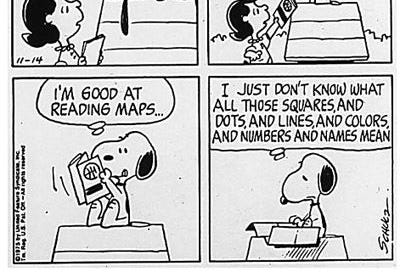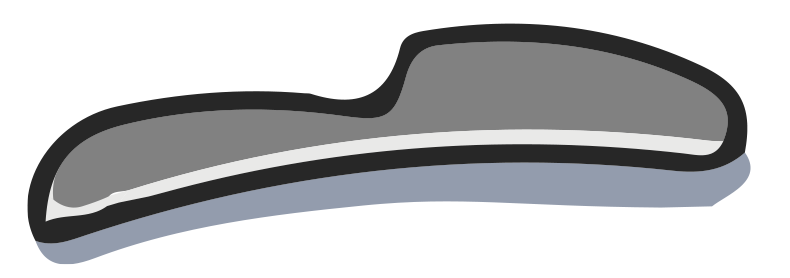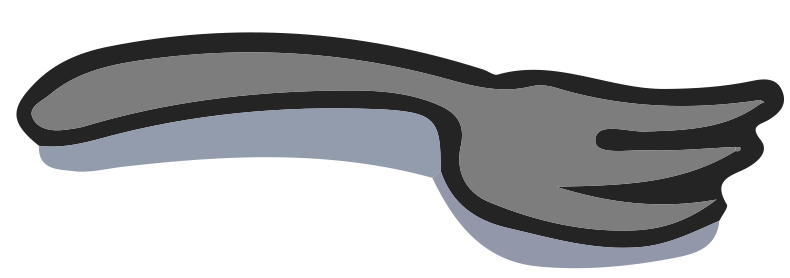Dear Tamar,
Your first book, An Everlasting Meal, moved me to tears in its assertion that it was a book for amateurs. It set my cooking journey in motion, and I have travelled some distance. Someone opening my cupboards and my fridge might think, "this person knows what they are doing!" I have come a distance, and yet as any traveller might, I sometimes look off into the horizon and sigh to see how many miles remain. My progress has been steady, but slow. What can I do beyond continuing to make dinner as many times a week as I can? How many hours into 10,000 am I? You got me from nowhere to here. How do I get there?
Dear No-map Nomad,
I’ve seen two sandstorms in my life. The first was in Jerusalem. I was a college student, living in a dorm. We slept with our windows open. One morning, I opened my eyes to find that color had fled—the world was mute beige. I remember seeing my computer the color of dim suede. I was about to call out to my roommate when I moved my leg, and felt the surface of the world slide. It was sand. The surfaces had been covered in sand.
The second sandstorm was red. I was in Tanzania, traveling on an overland truck for the summer. Friends and I were too lazy to set up our tents after a particularly long drive, so we laid our sleeping bags out on the truck floor. When I opened my eyes, the world was rusty red. I remember a friend named Claire’s hair being deep copper. I adjusted my eyes a few times, because her hair was sort of auburn anyway. But her face, her arms, her sleeping bag, our backpacks, all the color of dried blood. It was still barely dawn when I woke up and found us covered in red sand. I think I must have closed my eyes and gone back to sleep.
I thought of those two sandstorms when I read your letter. Those two sandstorms, and the book Atomic Habits, which I’ve been reading—and has me adjusting my eyes again. Sandstorms are atomic—tiny specks, building up. I don’t know whether it took six or eight hours for grains of sand to blank out my world. If I had opened my eyes earlier, would I have notice anything?
I know you want me to lay out a new path—an advanced track for this next phase of your learning. But I keep thinking of the sand, and of an ice cube at 32 degrees—undergoing the most monumental change available—even though there was nothing to see a moment earlier, when it was at 31 degrees.
This isn’t to say: just keep plugging away, making as many dinners as you can, and hoping the clock doesn’t run out. It is to say that you are ready to choose a process, or even several, that you couldn’t have entertained when you first began to cook. The process can be basic: putting a pot of water on the stove to boil when you walk in the door. Or it can be more challenging: making a bunch of herbs into a drizzling sauce once a week, and using up the sauce. Onto that process, you might lay another: salting slow-cooking meat a day in advance, once a week, then cooking it simply to tender the next day. Grains of sand.
Dear cook, I’ve taken cooking classes, I’ve set goals. I didn’t learn what I really know now, in my bones, in doing either. What I know I’ve learned like a sandstorm, like a melting ice cube, like the first breath of wakefulness or the first breath of sleep. I still credit a woman I cooked with in Yunnan for helping me understand eggplant. I credit Cal Peternell with showing me his way with greens. But I trust the grains of sand—I’ve seen it with my own eyes, Nomad. Perhaps if you adjust yours, you can, too.
There may be a couple of tickets left to tonight’s dinner at Granor Farm with the inimitable Abra Berens! Come celebrate Leap Day!
And on Saturday, March 2, I’ll be at Middle Brow in Chicago from 12-3, answering all your culinary queries, at a Kitchen Shrink LIVE booth!






